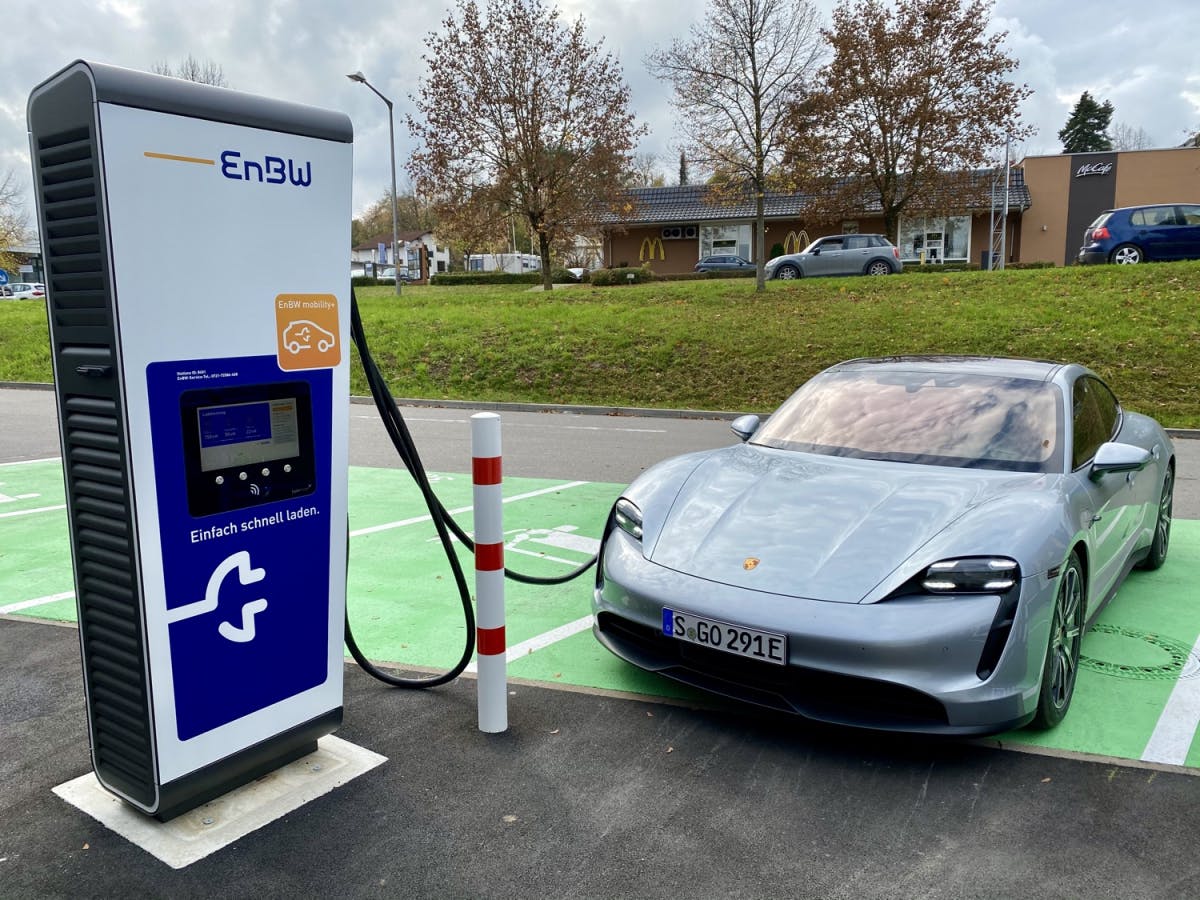Don’t worry about range – this factor is more important!
There is a lot of discussion about the range of electric cars. In most cases, the charging power is decisive.
“The electric cars still have a range that is far too short at the moment! As long as I can’t drive the 700 kilometers to my in-laws in Buxtehude without a break, there is no question of an electric car for me! ”- Everyone who has discussed with opponents of electric mobility knows such statements. It does not matter that a car in Germany is only driven 35 kilometers a day on average and that for many drivers a range of 200 kilometers would be sufficient without any problems.
“Yes, but a holiday on Lake Garda!” – one could reply here that most drivers, especially when there are children on board, take a break of 15 to 20 minutes after 200 to 300 kilometers anyway. But of course we all know that such discussions are never about objective truth, but always about subjective opinions. And they are defended, no matter what the cost.
Either way, far too much importance is attached to the topic of reach. Because especially with regard to small and medium-sized electric cars, the charging speed is the far more important factor.
Contents
The fairy tale of the 1,000-kilometer car journey without a break
The distance from Salzburg to Kiel is almost exactly 1,000 kilometers. Without a traffic jam, the journey time is around ten hours. According to the comments on Facebook and in car forums, it is perfectly normal for German drivers – whether alone or with the family – to drive along such a route. Without a pee break. “That is why there is no alternative to diesel!”
Interestingly, such statements only come up when it comes to electric cars. If you leave electromobility completely out of the picture and simply ask drivers how often they take a break on longer journeys, most of them say that they take a break at least every two to three hours on a ten-hour drive. Even more often with children on board. This largely corresponds to the recommendations of traffic experts.
During this period, a distance of 200 to 300 kilometers is usually covered on trunk roads. This roughly corresponds to the range that almost all modern electric cars can easily master. A VW ID 4 or a Skoda Enyaq iV with a large battery can even cover well over 400 kilometers.
The charging speed is crucial on long journeys
Contrary to what is often claimed, modern electric cars already have a range that easily covers the needs of the absolute majority of drivers. Meanwhile, there is a need to catch up in terms of loading speed.
Anyone who has ever been on the road with a Porsche Taycan and has charged with 270 kilowatts knows that the range really doesn’t matter as long as the charging power is correct. After 350 kilometers you drive to the charging station with ten percent SoC (State of Charge) and after 20 minutes you can continue your journey with around 70 to 80 percent SoC. 20 minutes is just enough time to briefly go to the toilet and have a coffee. 300 kilometers later, there is the next 20-minute break.
Electric cars such as the Mercedes-Benz EQC, the VW ID 4 or the Skoda Enyaq iV only support charging speeds of a maximum of 100 to 125 kilowatts. This means that you can easily spend 10 to 20 minutes longer at the charging station per charging stop than with the Taycan. While 20 minutes pass quickly, 30 to 40 minutes feel quite tough – especially if several such stops have to be made.
Shorter loading times instead of longer ranges
Of course, that’s not to say that long range is not desirable. The Mercedes-Benz EQS has just made the 686 kilometers from Munich to Berlin on just one charge. That is outstanding, especially when you look at the consumption of 16 to 17 kilowatt hours per 100 kilometers. However, the EQS is not just an electric car, the price of which will be somewhere above 100,000 euros, but also huge. The luxury Stromer, in which a 108 kilowatt hour battery is installed, is 5.21 meters long. In this scenario it is actually no longer so bad that the maximum charging power is not 270 kilowatts as in the Taycan or E-Tron GT, but “only” 200 kilowatts.
However, small and medium-sized electric cars do not offer the space to install such a gigantic battery – and so the charging capacity becomes a decisive factor. Hyundai is showing the way with the Ioniq 5. Although the electric car with 40,000 to 50,000 euros only plays in the middle price segment, Hyundai uses 800-volt technology for the Ioniq 5 and enables a charging speed of up to 220 kilowatts. The charging process from 10 to 80 percent takes just 18 minutes. No Audi E-Tron, no ID 3, no EQA and hardly any other electric car can keep up.
In the years to come, a lot will continue to develop in the field of electromobility. For many manufacturers, however, the focus is not likely to be on the range, but primarily on the charging power.


![This is how you put together your own news playlist [Anzeige]](https://www.basicthinking.de/blog/wp-content/uploads/2023/05/paper-pass.png)